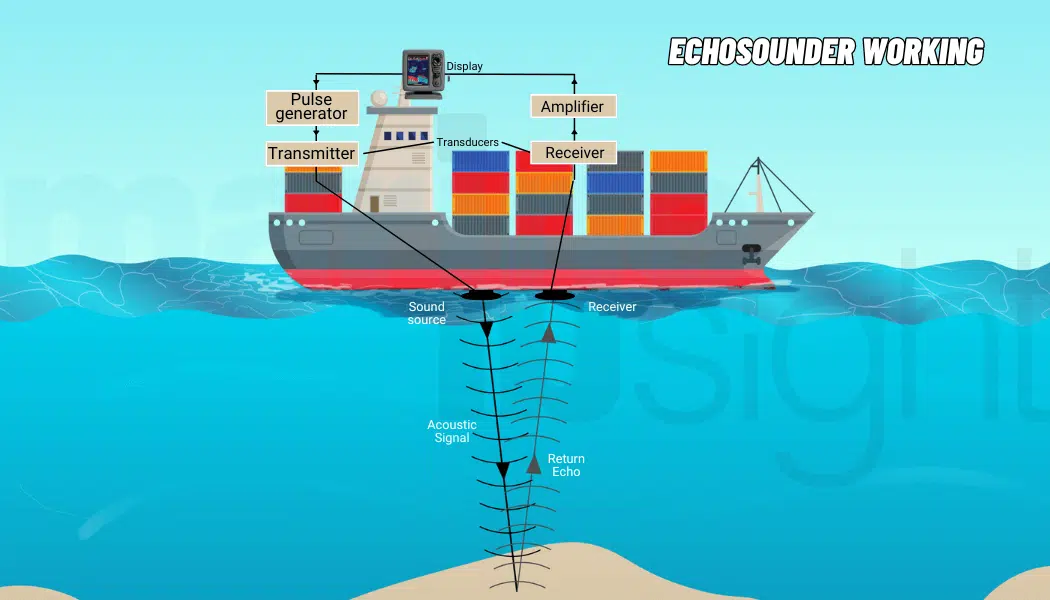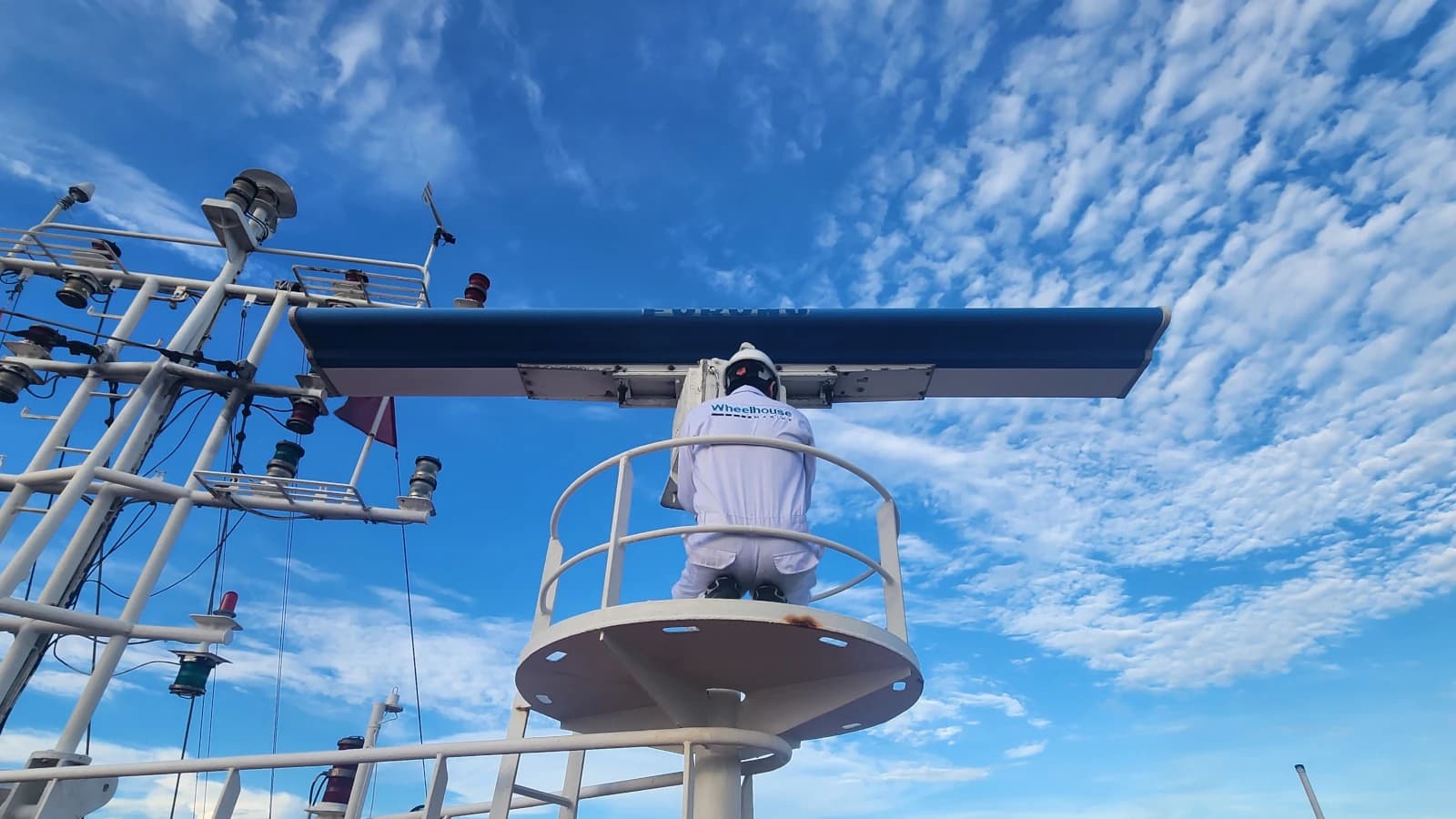Maritime Speed Log: Technical Analysis of DVL, Electromagnetic Log, and Energy Management

Precise dynamic control: Distinguishing between speed through water and speed over ground to optimize maneuvering and fuel efficiency.
1. Introduction: The Importance of Velocity in Safety and Efficiency
The Speed Log is a fundamental maritime instrument, providing necessary velocity information for most maneuvering and calculation activities. Accurate speed data is the foundation for calculating Dead Reckoning, supports ARPA in target tracking, and controls compliance with speed regulations. This article focuses on the difference between STW and SOG, specialized measurement technologies (Electromagnetic Log and Doppler Log), and their role in energy management and maritime safety.
2. Distinguishing Speed Types and Tactical Applications
Speed logs provide two types of velocity with different physical origins.
2.1. STW (Speed Through Water)
- Definition: The ship's velocity relative to the surrounding mass of water.
- Application: It is the primary indicator for assessing the ship's Hydrodynamic Performance, controlling propeller revolutions (RPM) to optimize fuel consumption.
2.2. SOG (Speed Over Ground)
- Definition: The ship's velocity relative to the seabed (or ground).
- Application: This is the ship's actual speed relative to targets and terrain, paramount for Dead Reckoning and safe maneuvering. The difference between SOG and STW is primarily due to the influence of Current.
3. Specialized Speed Measurement Technologies
SOLAS vessels are typically required to be equipped with at least one STW measuring device and one independent SOG measuring device.
3.1. Electromagnetic Log (EM Log)
- Principle: Based on Faraday's Law of Electromagnetic Induction. A coil under the hull generates a magnetic field. When water (a conductor) moves across this field, a voltage is induced in the sensor, proportional to the STW.
- Advantages: High accuracy, no moving parts (low maintenance), direct STW measurement.
3.2. Doppler Velocity Log (DVL)
-
Principle: DVL transmits high-frequency acoustic beams towards the seabed. When the beams reflect back, their frequency changes (Doppler Effect). This frequency shift is proportional to the relative velocity of the ship to the seabed.
Doppler Formula: Δf = 2 × f_t × (v cos θ)/c
-
Three-Axis Measurement: Professional DVLs use at least three to four beams to measure velocity along three axes: Longitudinal, Transverse (Drift), and Vertical (Heave).
-
Water Track Mode: In excessively deep water (typically over 200m), the DVL switches to measuring velocity relative to a deep water layer (STW), limiting accurate SOG measurement to certain depth limits.
4. Integrated Applications and Performance Management
Data from the Speed Log is a crucial input for complex systems onboard.
4.1. Maneuvering and DP Support
- Transverse Speed: Data from DVL is essential for controlling the vessel during berthing or channel navigation, where transverse drift can be hazardous.
- Dynamic Positioning (DP): In DP systems, DVL is one of the primary sensors, providing accurate SOG to counteract wind and current forces.
4.2. Fuel Efficiency Optimization
- Current Compensation: Comparing STW with SOG helps officers accurately calculate the Current Set and Drift impact, allowing for steering adjustments to optimize the desired SOG with minimum fuel consumption.
5. International Standards and Calibration Requirements
Speed logs must strictly comply with IMO Performance Standards (Resolution A.824(19)).
- Mandatory Accuracy: The accuracy of the Speed Log needs to be checked and calibrated periodically.
- System Errors: Errors commonly occur due to misalignment or fouling (which disrupts water flow across the Transducer).
Wheelhouse provides advanced Speed Log solutions from manufacturers like Furuno, JRC, and Koden, ensuring compliance with IMO standards and optimizing the ship's maneuvering performance.
To learn more about Speed Log technologies, fuel efficiency management solutions, and calibration services, please visit our Solutions page.


